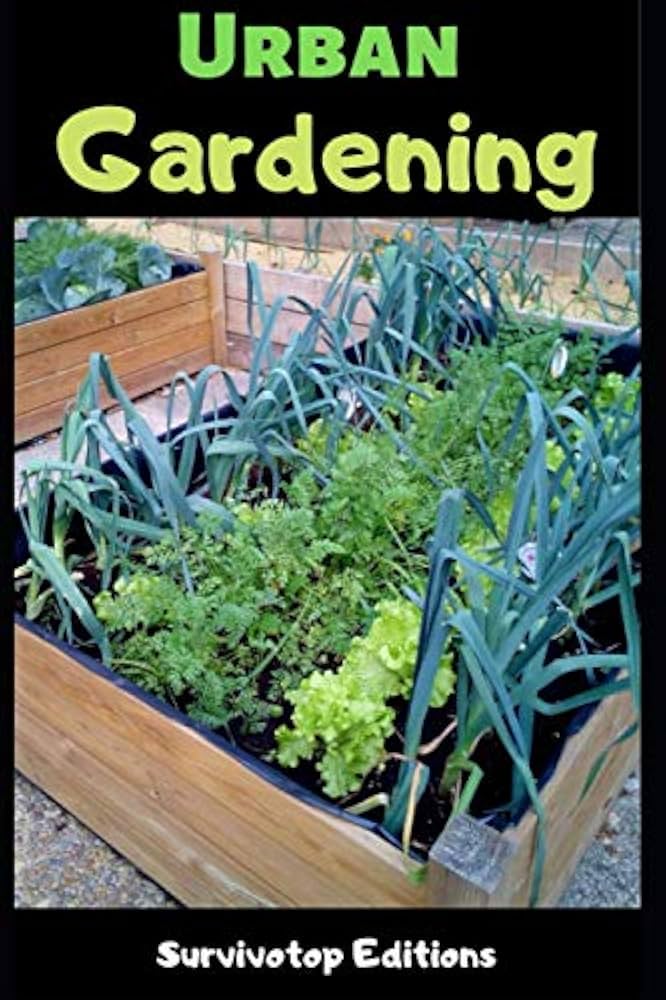Introduction
Creating an urban garden is a rewarding way to bring nature into city living, improve air quality, and enjoy fresh produce right at home. With growing urbanization, many city dwellers seek practical ways to cultivate green spaces in limited areas, such as balconies, rooftops, and small yards. This guide explores how to make an urban garden effectively, offering expert advice, actionable tips, and real-world insights to help you start your green oasis.
Why Start an Urban Garden?
Benefits of Urban Gardening
Urban gardening offers numerous advantages beyond beautifying your space. It reduces stress, improves mental health, and encourages sustainable living by lowering food miles. Studies show that urban gardens can also boost biodiversity by providing habitats for pollinators like bees and butterflies.
Overcoming Space Constraints
Even with limited space, urban gardens thrive by using vertical gardening, container planting, and smart layout designs. Understanding your available space and sunlight exposure is key to success.
Planning Your Urban Garden
Assess Your Space and Sunlight
Before planting, observe your garden area throughout the day to identify how much sunlight it gets. Most vegetables require at least 6 hours of direct sunlight, while some herbs and leafy greens tolerate partial shade.
Choose the Right Containers and Soil
Selecting appropriate containers helps optimize space and plant health. Options include:
– Raised beds
– Hanging pots
– Window boxes
Use high-quality, well-draining soil mixed with organic compost to ensure nutrient-rich growing conditions.
Select Suitable Plants for Urban Environments
Focus on plants that thrive in containers and limited spaces, such as:
– Tomatoes
– Lettuce
– Herbs (basil, mint, parsley)
– Peppers
Consider climate and seasonality to maximize yield.
Building and Maintaining Your Urban Garden
Step-by-Step Setup
- Clean and prepare your chosen area.
- Arrange containers or build raised beds.
- Fill containers with nutrient-rich soil.
- Plant seeds or seedlings according to spacing guidelines.
- Install a simple drip irrigation or water regularly.
Watering and Fertilizing Tips
Consistent watering is crucial, but avoid overwatering to prevent root rot. Use organic fertilizers like compost tea or fish emulsion to enhance growth.
Pest and Disease Management
Urban gardens can attract pests such as aphids or whiteflies. Introduce natural predators like ladybugs, or use neem oil sprays as eco-friendly controls.
Innovative Techniques to Maximize Urban Gardening
Vertical Gardening
Utilize walls, trellises, or vertical planters to grow climbing plants like beans and cucumbers, saving horizontal space.
Hydroponics and Aquaponics
These soil-less systems allow you to grow plants indoors or in small areas with higher efficiency and faster growth cycles.
Community Gardens
Participating in or starting a community garden can expand your growing space and provide social and educational benefits.
Real-World Examples and Expert Insights
Cities like New York and Tokyo have seen a surge in rooftop and balcony gardens, demonstrating the feasibility and benefits of urban gardening. Expert horticulturists recommend starting small and expanding gradually to build confidence and knowledge.
Conclusion
Making an urban garden is an achievable and fulfilling project that benefits your health, environment, and lifestyle. By planning wisely, choosing the right plants, and employing smart gardening techniques, you can transform any urban space into a thriving green sanctuary. Start small, stay consistent, and watch your urban garden flourish—bringing nature back into city life one plant at a time.
